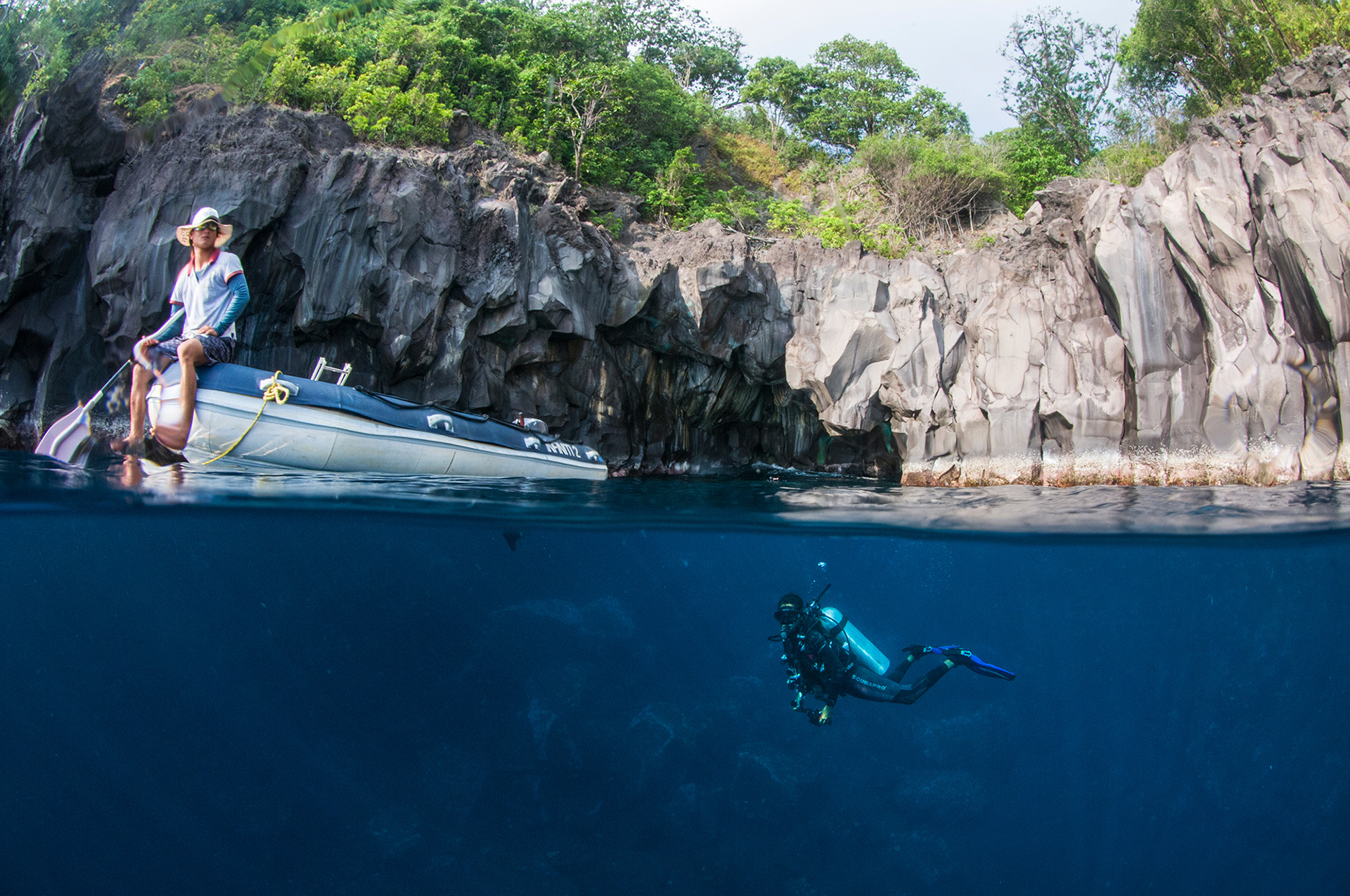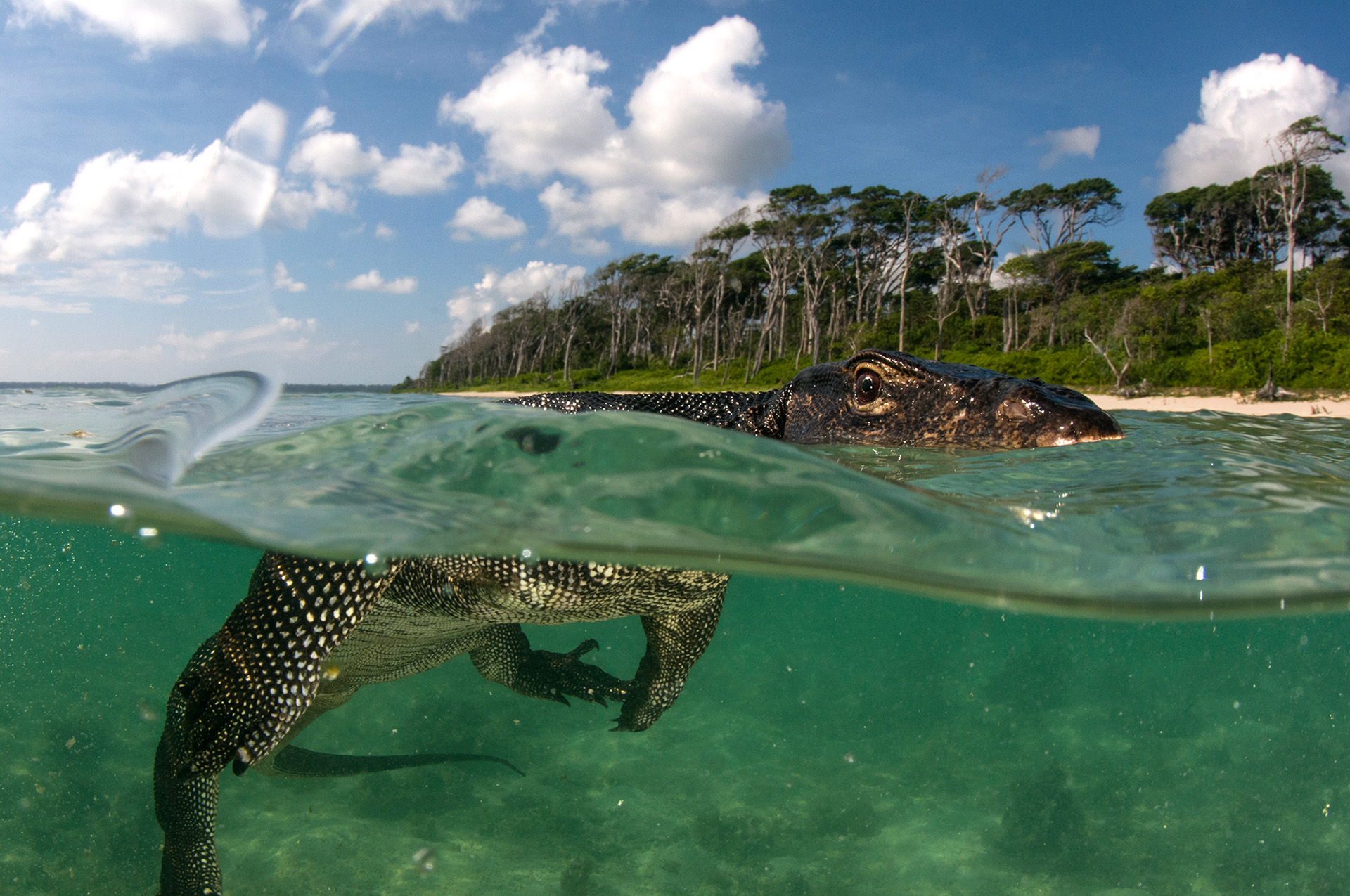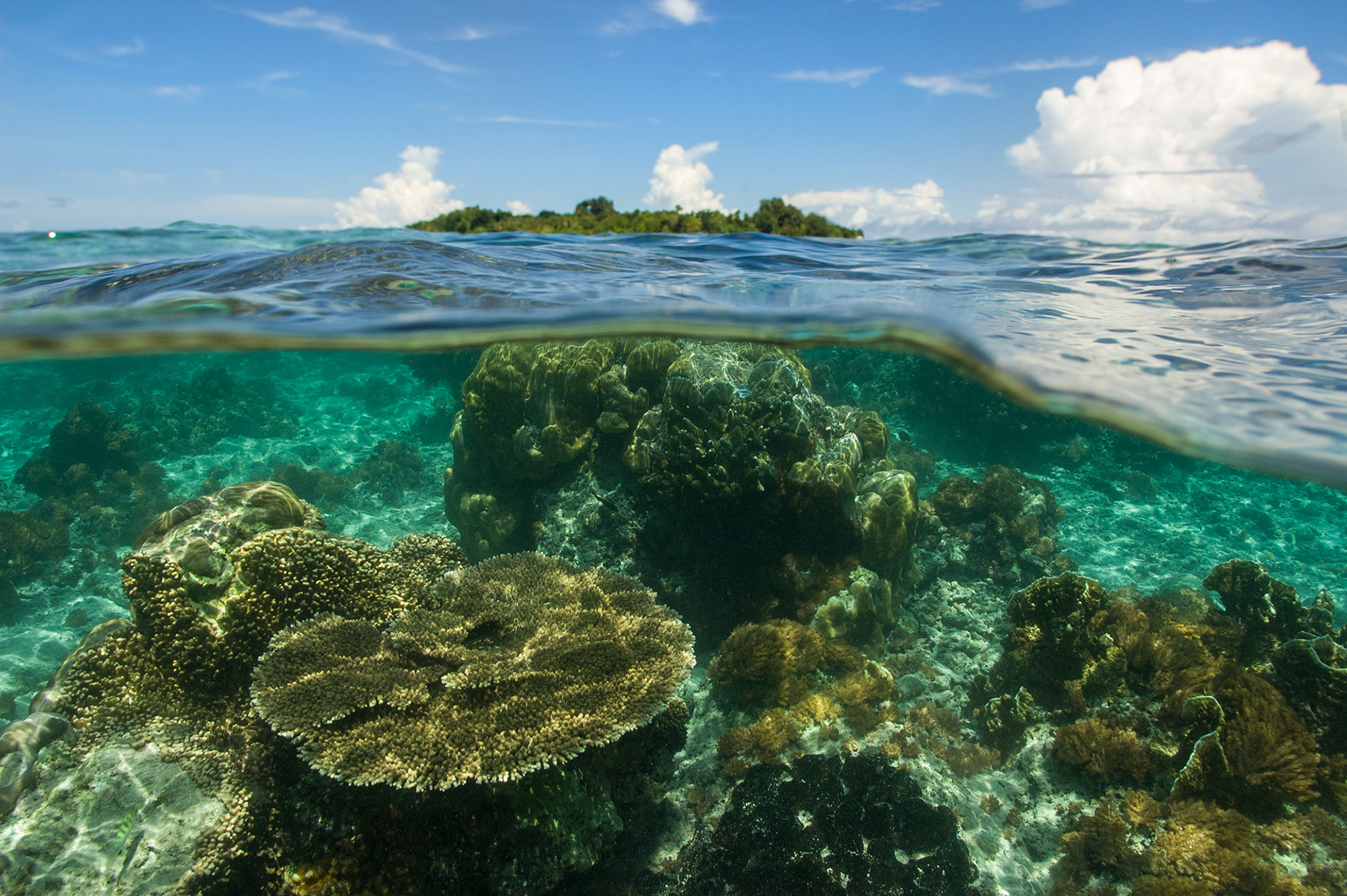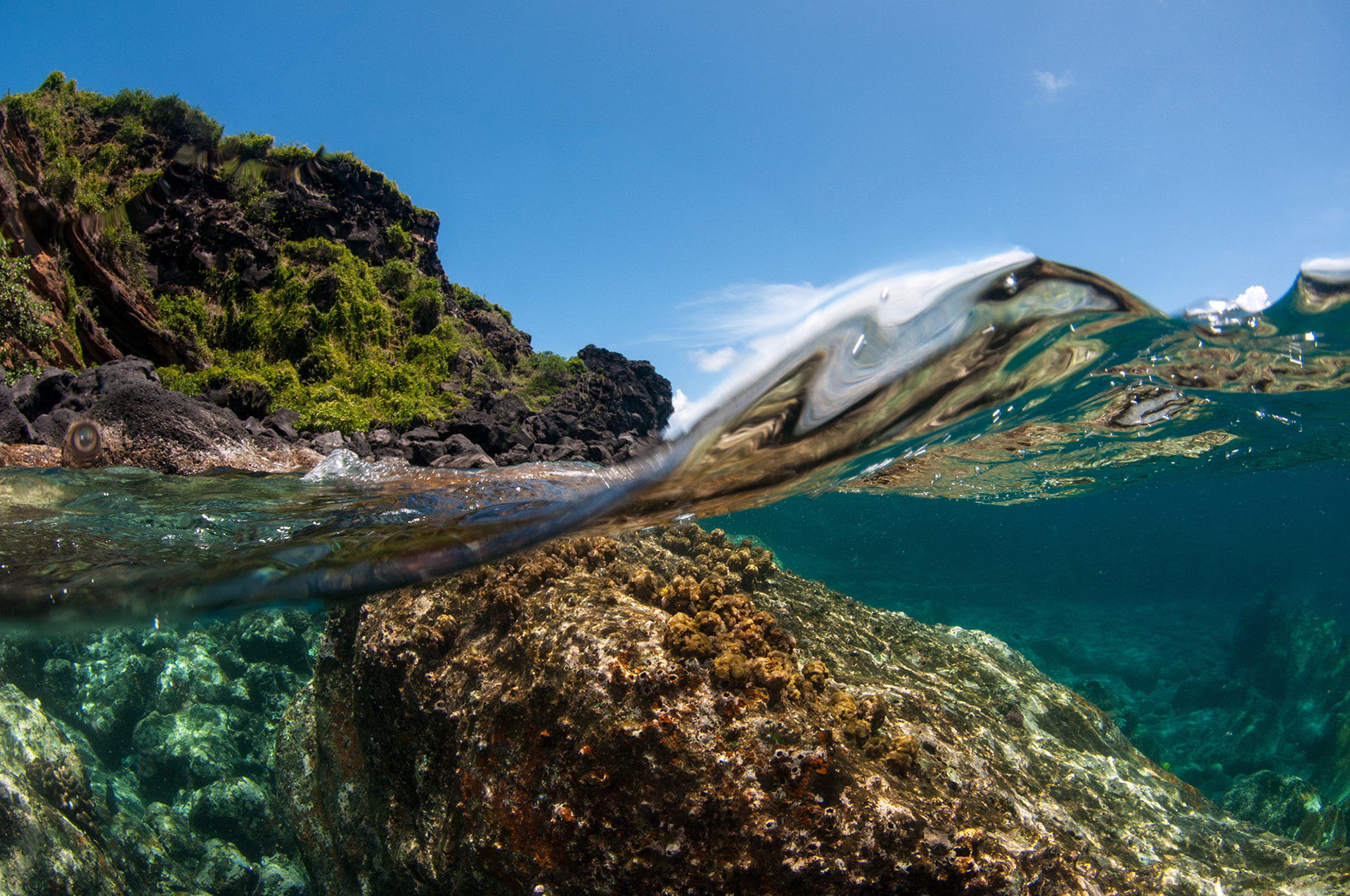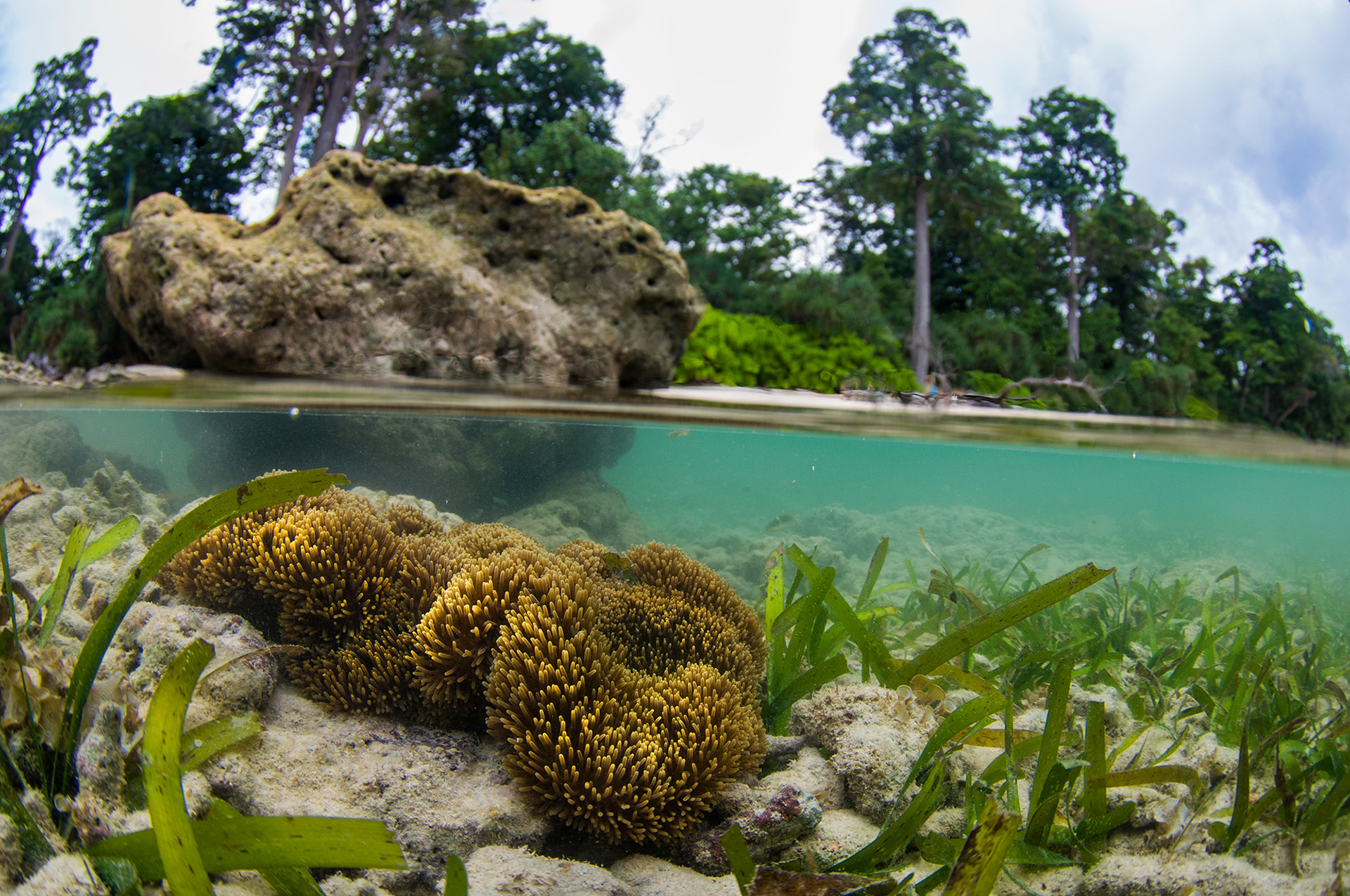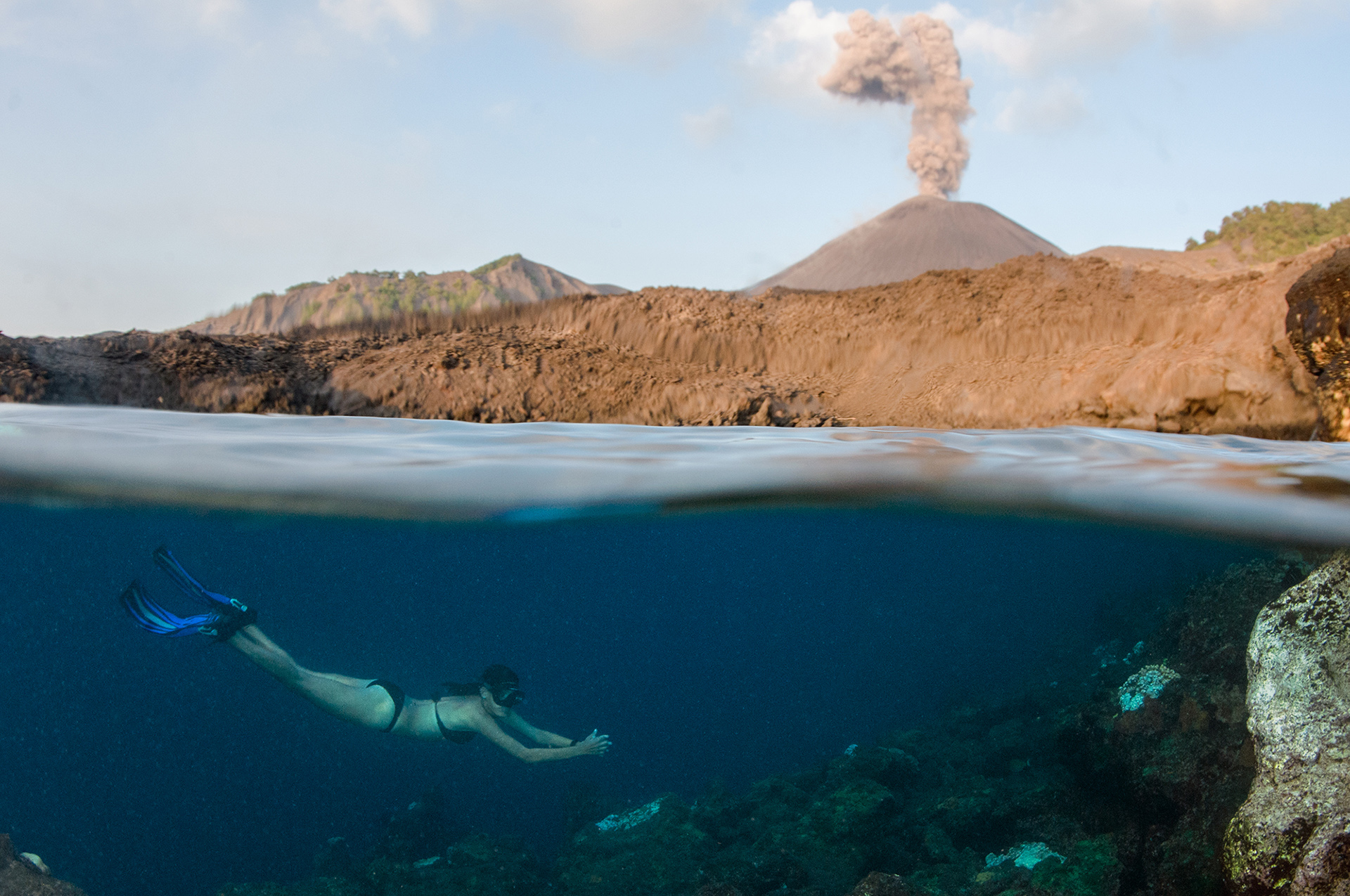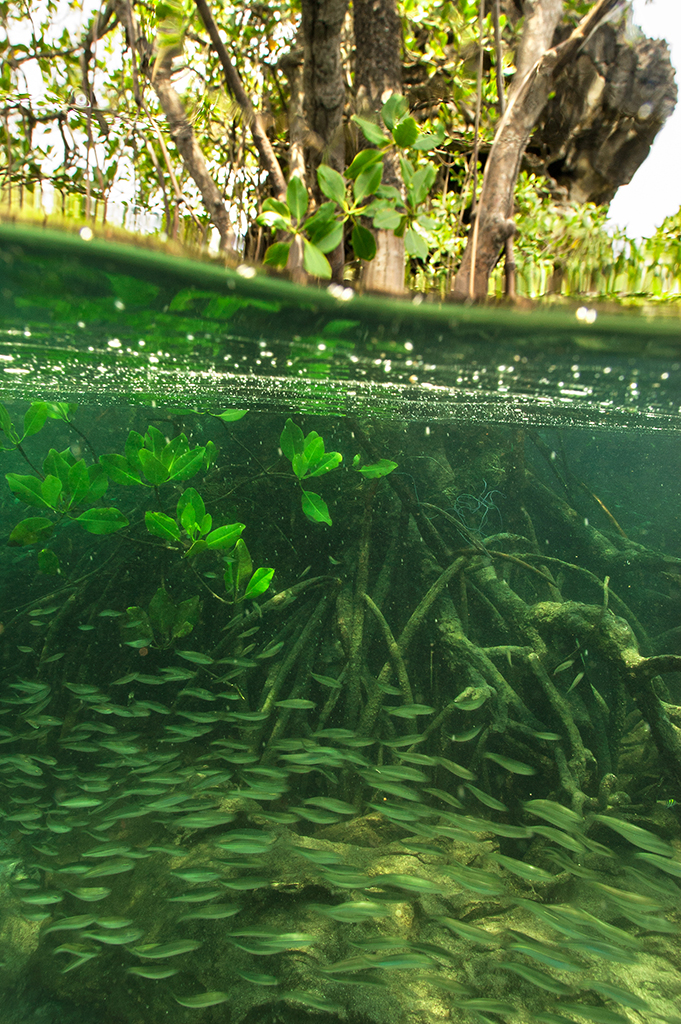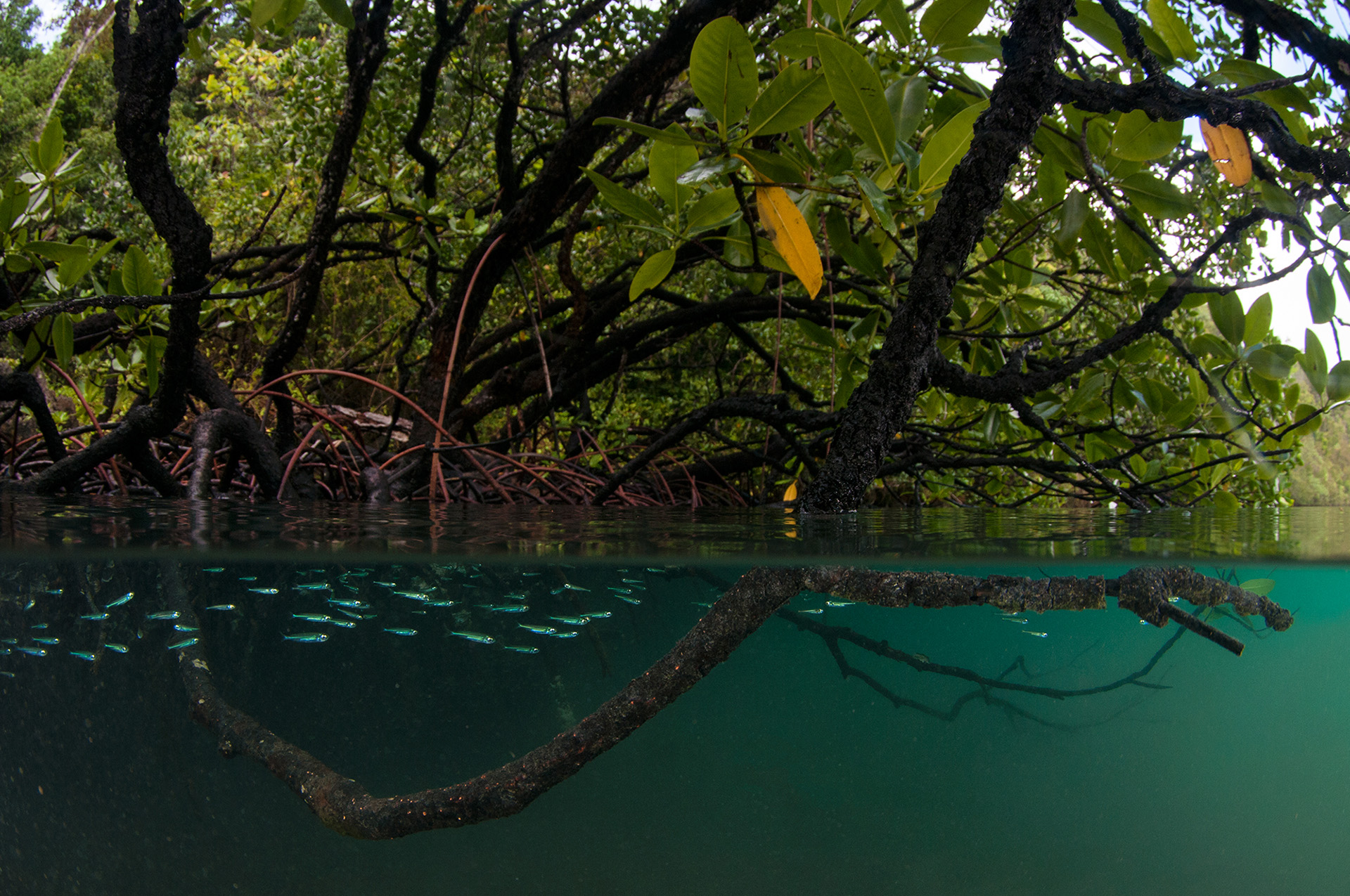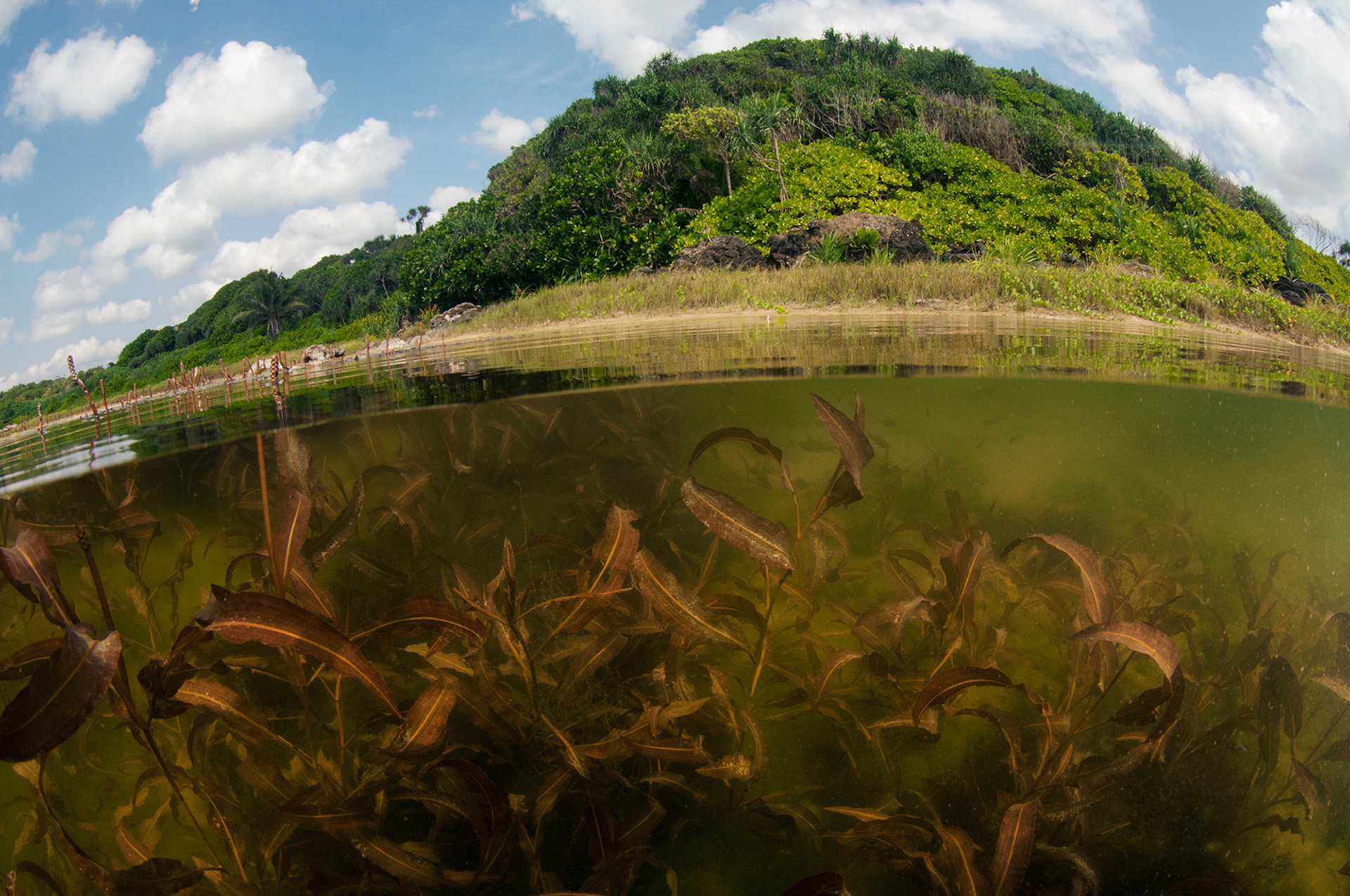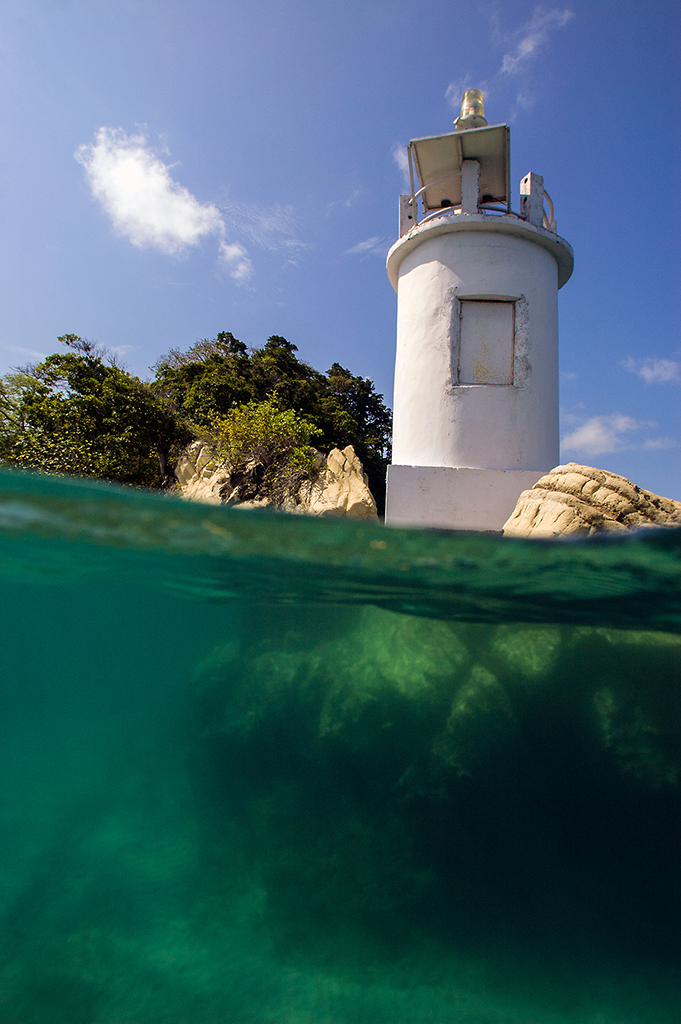Humans are creatures of the land.
As adept as some of us may be at holding our breath under water, as connected to the sea as we may be, we do need to return to the surface. We breathe air. Stating the obvious, but this simple fact has shaped our perception towards the planet in ways we don’t think twice about. Water presents a boundary between two exceptionally disparate worlds and to most people on this planet, the surface of the sea is where one familiar world ends and a stranger one begins.
It may seem that these two worlds are separate, non-interactive spaces where the goings-on in one have no bearing on the other. On the contrary, nothing is further from the truth. Instead of delineation, water acts as a medium, enabling interaction and exchange between the world above and the one below.
Rain falls over land and drains into the ocean, carrying nutrients and pollutants that trigger certain reactions in the sea. Phytoplanktons in oceans are the largest absorbers of carbon dioxide, playing a crucial role in maintaining our planet’s atmosphere. Tides rise and fall along coastlines across the world; the inter-tidal zone is submerged in seawater at high tide. All sorts of marine creatures — fish, stingrays, octopus, crustaceans, even sharks — make use of this time to forage for food, lay eggs in the sand or just capitalise on the extra underwater real estate. A few hours later, the tide falls, exposing the intertidal zone to the sun and the air. Birds, crabs and other terrestrial animals descend on this briefly exposed no-mans-land. They, too, forage for food, lay eggs, search for mates or scavenge anything left behind by the receding tide. These are but a few, simplified examples of the exchanges that occur between the worlds above and under water.
So does this space — at times submerged and exposed — belong to the land or to the sea? That is a matter of perspective, and precisely why I spend a lot of my time shooting these ‘over-under’ images. A challenge to create, they’re one of my favourites when successfully executed — a juxtaposition of two worlds that we see as separate. They highlight the connectivity between the ocean and the land and help blur the boundaries between air and water. To me, these are evidence of the fact that our activities on land most certainly affect our ocean-inhabiting brethren.
Monitor lizards are excellent swimmers. In the Andaman Islands, they forage for food in the littoral forests and scavenge dead fish from the intertidal area.
Shallow coral banks (left) can extend for miles off an island. Sunlight plays a huge role in near-shore ecosystems, and different species of coral grow in different ways — much like the way plants arrange their leaves — to maximise the amount of sunlight they can gather. Wave action and tidal movements can make living in the intertidal zone rather difficult. Both the barnacles and the seaweed growing on the rocks in the foreground (right) have evolved to have exceptionally strong mechanisms to fix themselves to the substrate. When the tide falls, these life forms also have to deal with sharp sunlight and have evolved ways to trap moisture so as not to dry out during the low tide.
The intertidal zone around Neil Island in the Andaman and Nicobar Islands is full of life, accessible to anybody willing to wade in the shallows around the island. An anemone (above) has taken up residence in a bed of seagrass not far from the towering trees of the littoral forest.
On Barren Island, an active volcano spews smoke and ash into the sky. Marine flora and fauna are significantly affected by volcanic activity and some parts of the island have some of the healthiest coral in the Andaman chain.
A healthy mangrove system contributes to healthy reefs and healthy seas. Unfortunately, mangroves have borne the brunt of rampant coastal development across India. They appear to be smelly, soggy spaces of little economic value to humans. What many people fail to understand is that mangrove swamps are the essential kidneys of the landscape, filtering harmful pollutants from rainwater runoff that would otherwise destroy coral. Mangroves also provide a vital nursery for juvenile fish. In places where mangroves have been destroyed, fish populations have dropped, thereby affecting fisheries and livelihoods over time.
Plants are incredible in their ability to inhabit a huge variety of ecosystems. They provide habitat and food for a number of creatures living in this brackish water lake (above). Other species carpet the hill in the background, also providing food and shelter to a completely different set of terrestrial and avian fauna.
The lighthouse is a beacon at Havelock . Our relationship with the sea relies heavily on being able to navigate its waterways to our advantage. While rocks create essential substrate for a whole variety of life, they are a nightmare for a boat captain. Lighthouses and beacons have changed in their technology and design over the course of history. But their purpose, and necessity, has remained unchanged.
